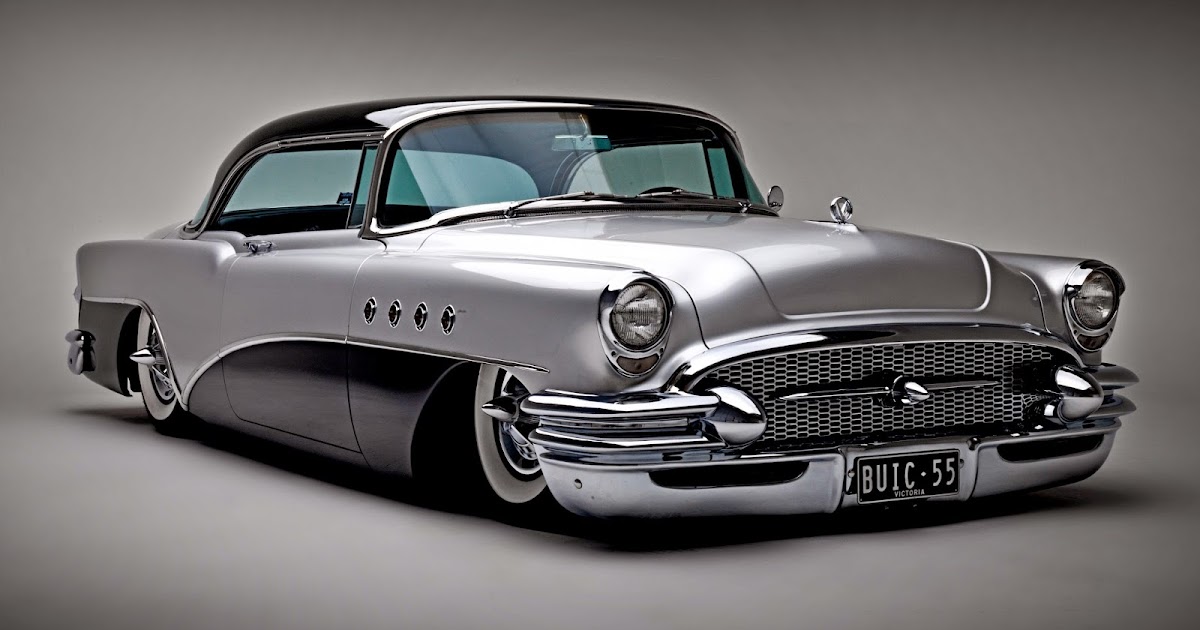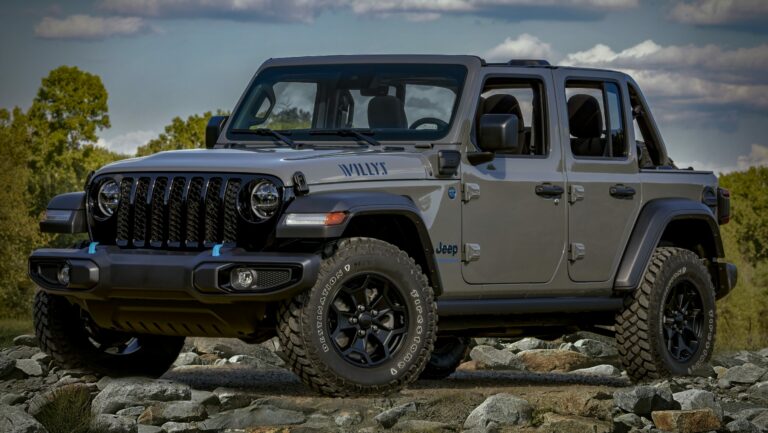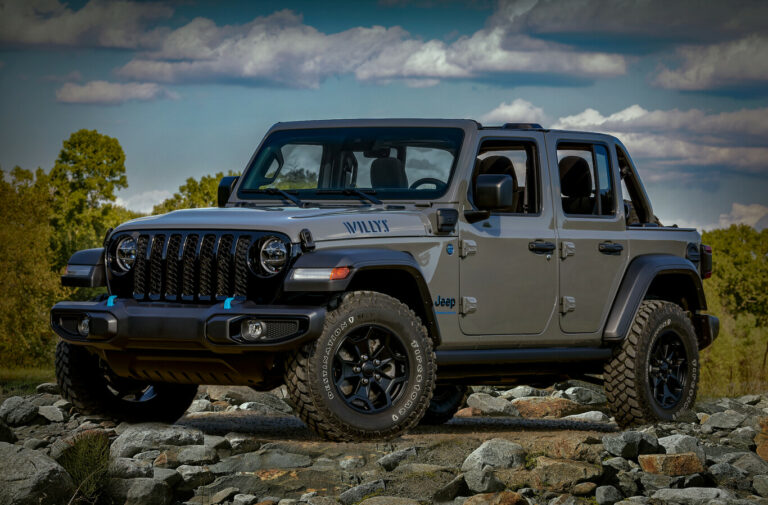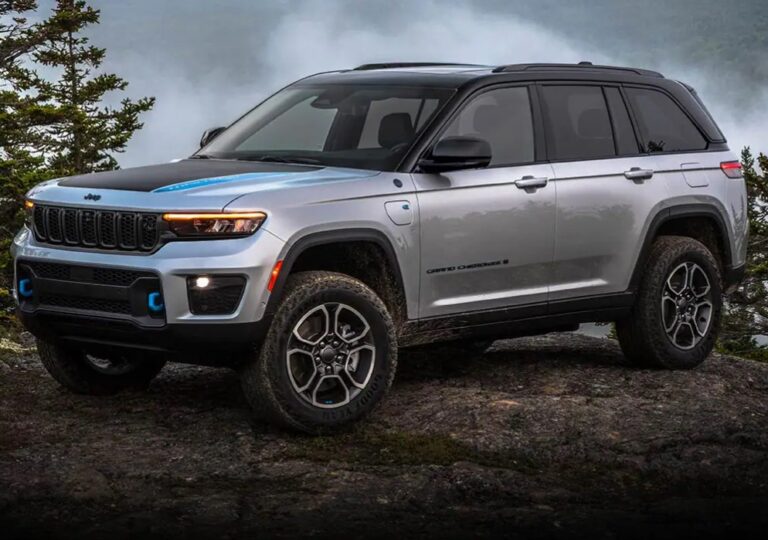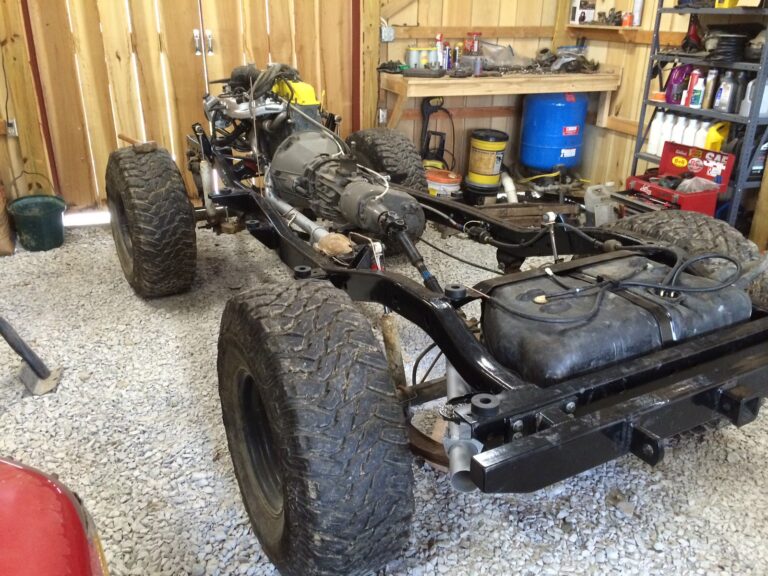Classic Jeep Wagoneers For Sale: Your Comprehensive Guide to Acquiring an American Icon
Classic Jeep Wagoneers For Sale: Your Comprehensive Guide to Acquiring an American Icon /jeeps.truckstrend.com
The Jeep Wagoneer, particularly the classic models produced from 1963 to 1991, stands as a monumental figure in automotive history. Long before the term "SUV" became ubiquitous, the Wagoneer pioneered the concept of a comfortable, family-friendly vehicle that also boasted legitimate off-road capability. It was, in essence, the original luxury SUV, blending rugged utility with unprecedented levels of refinement for its era, including power windows, air conditioning, and plush interiors. Today, the allure of classic Jeep Wagoneers for sale remains as strong as ever, attracting enthusiasts, collectors, and those simply seeking a tangible piece of Americana.
Acquiring a classic Wagoneer is more than just buying a car; it’s investing in a lifestyle, a statement, and a piece of automotive heritage. Their distinctive styling, particularly the iconic woodgrain paneling on later models, evokes a sense of nostalgia for simpler times, yet their robust construction ensures they remain practical and enjoyable to drive even decades later. This comprehensive guide will navigate you through the exciting journey of finding, evaluating, and purchasing your dream classic Jeep Wagoneer.
Classic Jeep Wagoneers For Sale: Your Comprehensive Guide to Acquiring an American Icon
The Enduring Legacy: Why Buy a Classic Wagoneer?
The Jeep Wagoneer’s enduring appeal stems from several key factors that set it apart from other classic vehicles. Born from the innovative vision of Brooks Stevens, it broke new ground by offering station wagon practicality with four-wheel-drive prowess, making it suitable for both suburban errands and adventurous excursions.
- Pioneer of the Luxury SUV: The Wagoneer predated nearly all its modern luxury SUV counterparts. Its introduction of car-like amenities into a rugged 4×4 platform revolutionized the automotive market, laying the groundwork for today’s booming SUV segment.
- Distinctive Style and Nostalgia: Few vehicles possess the immediate recognition and charm of a classic Wagoneer. The signature "woodie" side panels, particularly on the Grand Wagoneer models from 1984-1991, are synonymous with a bygone era of American design, evoking feelings of family road trips and outdoor adventures.
- Robust Engineering: Built on the SJ platform, these vehicles were designed for durability. While they require maintenance, their mechanical simplicity compared to modern vehicles makes them relatively straightforward to work on for those with basic mechanical skills or access to a good mechanic.
- Investment Potential: Well-maintained or professionally restored Wagoneers have shown consistent appreciation in value over the past decade. While not a guaranteed financial investment, a wisely purchased and cared-for example can hold or even increase its worth.
- Community and Support: A vibrant and passionate community of Wagoneer owners and enthusiasts exists, offering a wealth of knowledge, support, and resources for parts and repairs.

Understanding the Generations: Which Wagoneer is Right for You?
While all classic Wagoneers share the same fundamental SJ platform, key differences exist across their nearly three-decade production run. Understanding these variations can help you narrow down your search.
- Early Wagoneers (1963-1970s): These models feature more utilitarian styling, often with simpler interiors and a wider range of engine options, including the original "Tornado" OHC inline-six, AMC straight-sixes, and V8s. They are rarer and often appeal to purists or those seeking a more authentic vintage experience.
- Cherokee (SJ) and Wagoneer Limited (Mid-1970s – Early 1980s): The two-door Cherokee (SJ) was introduced in 1974, offering a sportier alternative. The Wagoneer Limited, introduced in 1978, began the trend towards more luxurious appointments, paving the way for the Grand Wagoneer.
- Grand Wagoneer (1984-1991): This is arguably the most sought-after and recognizable classic Wagoneer. It featured standard woodgrain paneling, a more upscale interior with leather and power accessories, and typically the robust AMC 360 cubic-inch V8 engine. These models represent the pinnacle of the classic Wagoneer’s luxury and are often the easiest to find parts for due to their popularity.

Your choice will likely depend on your budget, desired level of luxury, and mechanical aptitude. Grand Wagoneers command the highest prices, while earlier models can be more affordable project vehicles.
Where to Find Your Dream Wagoneer: Navigating the Market
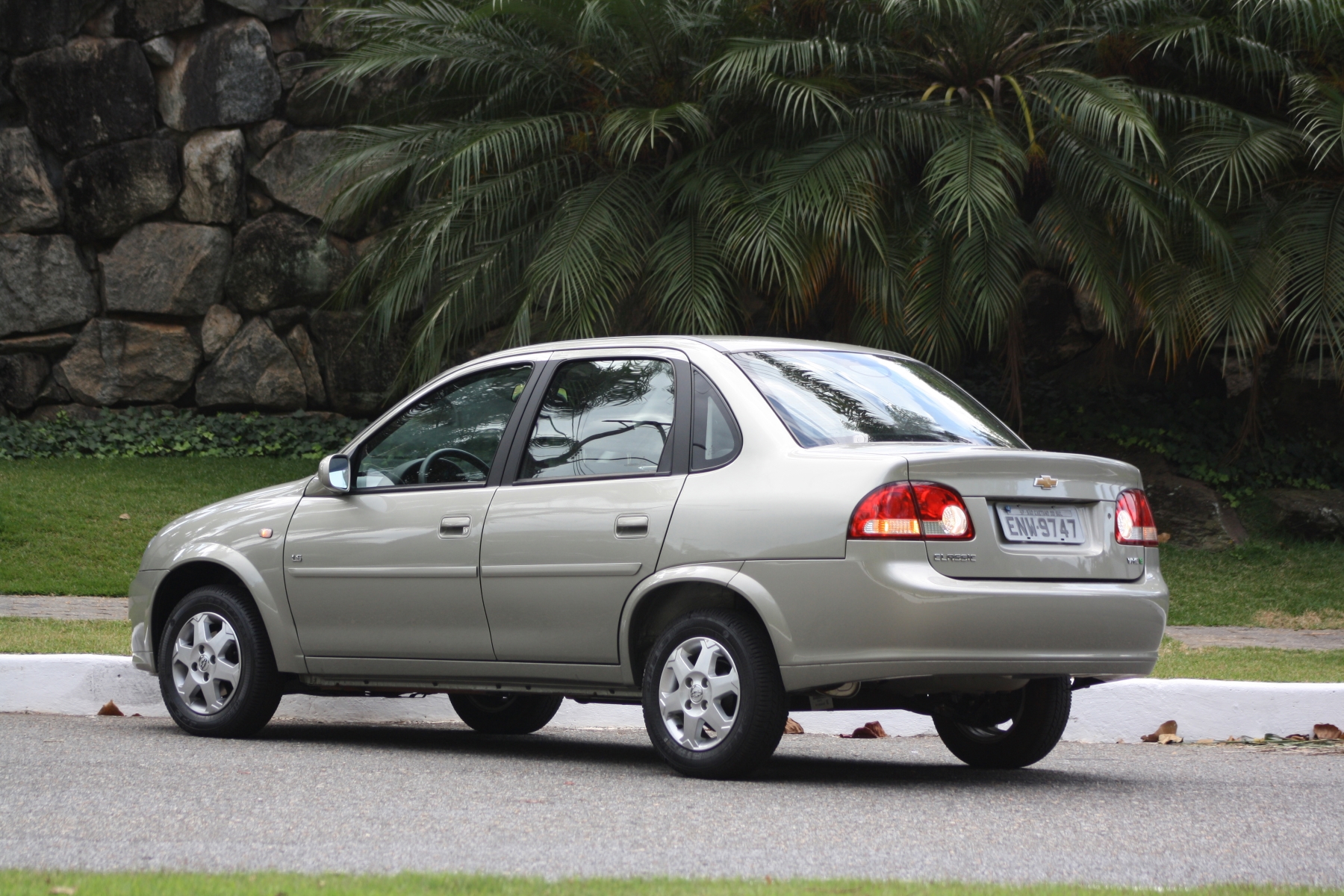
The market for classic Jeep Wagoneers for sale is robust, but finding the right one requires patience and a strategic approach.
- Online Auction Platforms: Websites like Bring a Trailer (BaT) and eBay Motors are prime destinations for higher-quality, well-documented, and often professionally restored Wagoneers. Prices here tend to reflect the quality and transparency of the listings.
- Classic Car Dealerships & Brokers: Specialized classic car dealers often have Wagoneers in their inventory. While prices may be higher, these vehicles often come with some level of inspection or light restoration, and the dealers can facilitate financing and shipping.
- Dedicated Forums & Social Media Groups: Online communities like the "Wagoneer World" forum or various Facebook groups are excellent places to find private sellers. These platforms often provide a more direct connection with the owner and access to vehicles not listed elsewhere.
- Hemmings Motor News & Classifieds: Hemmings remains a traditional source for classic car listings, offering a mix of dealer and private sales.
- Specialized Restorers: Companies that specialize in Wagoneer restorations often have completed vehicles for sale or can source and restore one to your specifications. This is typically the most expensive route but ensures a top-tier vehicle.
- Local Ads & Word-of-Mouth: Don’t overlook local classifieds, community bulletin boards, or simply asking around. Sometimes, the best deals are found through informal channels.
What to Look For: A Buyer’s Checklist for Classic Wagoneers
Thorough inspection is paramount when considering classic Jeep Wagoneers for sale. These vehicles are old, and even well-maintained examples will have quirks. A pre-purchase inspection (PPI) by a qualified mechanic familiar with these vehicles is highly recommended.
- Rust (The Number One Enemy): Wagoneers are notorious for rust. Check:
- Frame: Inspect the entire frame for rot, particularly near the rear leaf spring mounts and body mounts.
- Body Panels: Look at fender wells, rocker panels, lower door seams, the tailgate (especially around the window), and the rear quarter panels.
- Floorboards: Lift carpets and check under seats for rust in the floor pans.
- Roof: Check for rust around the drip rails and sunroof (if equipped).
- Engine & Drivetrain:
- AMC 360 V8: Check for leaks (oil, coolant), excessive smoke from the exhaust (blue for oil, white for coolant), and strange noises (knocks, rattles). Ensure it starts easily.
- Transmission: Check fluid levels and color (should be reddish, not dark or burnt). Test shifting in all gears (automatic: smooth shifts; manual: clutch feel, gear engagement).
- Transfer Case & 4WD: Engage 4WD (high and low range) and listen for unusual noises. Ensure it engages smoothly.
- Differentials: Check for leaks and excessive play.
- Interior:
- Woodgrain: Is the interior woodgrain intact or delaminating? Replacements are available but costly.
- Upholstery & Headliner: Check for rips, tears, and sagging headliners.
- Power Windows: These are a common failure point. Test all windows repeatedly.
- Climate Control: Test AC and heat.
- Gauges & Electrical: Ensure all gauges work, lights function, and wiring appears sound (no shoddy aftermarket wiring).
- Suspension & Steering:
- Bushings & Shocks: Look for worn bushings and leaking shocks.
- Steering Box: Check for excessive play in the steering wheel.
- Brakes: Test pedal feel and stopping power. Check for worn pads/rotors.
- Tires: Ensure they are in good condition and not dry-rotted.
- Documentation: Service records, previous ownership history, and original manuals add significant value and insight into the vehicle’s past.
Restored, Driver, or Project: Deciding Your Path
The condition of classic Jeep Wagoneers for sale varies wildly, influencing both price and the amount of work required.
- Fully Restored: These are turn-key vehicles, often with professional paint, rebuilt engines, new interiors, and sorted mechanicals.
- Pros: Ready to enjoy immediately, often show-quality, highest resale potential.
- Cons: Highest price point, potentially less "original" character.
- Driver Quality: These are well-maintained examples that run and drive reliably, suitable for regular use, but may have minor cosmetic imperfections or small mechanical issues.
- Pros: More affordable than fully restored, can be enjoyed immediately, allows for gradual improvements.
- Cons: Will likely require ongoing maintenance and some cosmetic work.
- Project Car: These vehicles require significant mechanical, body, and/or interior work. They might not be running or driving.
- Pros: Lowest entry price, allows for full customization to your taste, rewarding for DIY enthusiasts.
- Cons: Requires substantial time, money, and mechanical skill. Costs can quickly exceed the purchase price.
Your decision should align with your budget, mechanical aptitude, and the amount of time you’re willing to dedicate to the vehicle.
The Cost of Ownership: Beyond the Purchase Price
While the purchase price is a significant factor, owning a classic Wagoneer involves ongoing costs that should be factored into your budget.
- Maintenance & Repairs: Even a well-maintained Wagoneer will require regular attention. Parts for the AMC 360 V8 are generally available, but specialized components (e.g., power window motors, unique trim pieces) can be harder to find and more expensive. Finding a mechanic familiar with vintage vehicles is crucial.
- Fuel Economy: Expect single-digit to low-double-digit MPG (8-12 MPG is common). These vehicles were not designed for efficiency.
- Insurance: Classic car insurance policies are often more affordable than standard auto insurance for modern vehicles, but they usually come with specific mileage restrictions or storage requirements.
- Storage: Proper storage (covered, ideally climate-controlled) is essential to preserve your investment and prevent rust.
Tips for a Successful Purchase
- Set a Realistic Budget: This includes not just the purchase price, but also funds for immediate repairs, registration, insurance, and potential upgrades.
- Get a Pre-Purchase Inspection (PPI): This cannot be stressed enough. A specialist will identify issues you might miss, providing leverage for negotiation or saving you from a costly mistake.
- Be Patient: The right Wagoneer won’t always appear overnight. Don’t rush into a purchase.
- Join the Community: Engage with Wagoneer owner forums and groups. They are invaluable resources for advice, parts, and even leads on vehicles for sale.
- Verify Documentation: A clear title and documented history add immense value and peace of mind.
- Negotiate: Always be prepared to negotiate, especially if you find issues during your inspection.
Classic Jeep Wagoneers For Sale: Representative Price Guide
Please note: Prices are highly variable based on condition, mileage, originality, restoration quality, and geographic location. This table provides a general range for common models.
| Model Year Range | Condition Category | Description | Price Range (USD) |
|---|---|---|---|
| 1963-1983 | Project | Non-running, significant rust/mechanical issues, major restoration needed. | $5,000 – $15,000 |
| Driver Quality | Running & driving, some cosmetic flaws, minor mechanical needs. | $15,000 – $35,000 | |
| Restored | Professionally restored, excellent condition, turn-key. | $35,000 – $60,000+ | |
| 1984-1991 | Project | Non-running, significant rust/mechanical issues, major restoration needed. | $8,000 – $20,000 |
| (Grand Wagoneer) | Driver Quality | Running & driving, some cosmetic flaws (e.g., woodgrain fade), minor mechanical needs. | $20,000 – $50,000 |
| Restored | Professionally restored to high standards, excellent condition, turn-key. | $50,000 – $100,000+ | |
| Concours/Collector | Meticulously restored, low mileage, exceptional originality, perfect. | $100,000 – $200,000+ |
Frequently Asked Questions (FAQ)
Q1: Are parts readily available for classic Jeep Wagoneers?
A1: Yes, generally. For mechanical components (engine, transmission, suspension), many parts are still available through aftermarket suppliers or specialty classic Jeep parts vendors. Body panels and interior trim can be more challenging, but a dedicated community and restoration shops help immensely.
Q2: Are classic Wagoneers reliable for daily driving?
A2: A well-maintained or restored Wagoneer can certainly be a reliable "driver." However, they require more regular attention than a modern vehicle. Expect lower fuel economy and be prepared for occasional classic car quirks.
Q3: What’s the fuel economy like?
A3: Not great. Most classic Wagoneers, especially those with the AMC 360 V8, will average between 8-12 miles per gallon, depending on driving conditions and maintenance.
Q4: What are the most common rust spots to check?
A4: The tailgate (especially around the window), rocker panels, lower door seams, rear quarter panels, fender wells, and the frame (particularly near body mounts and spring perches) are prime areas for rust. Always inspect thoroughly underneath.
Q5: Is the wood trim on the Grand Wagoneer real wood?
A5: No, the exterior woodgrain is actually a vinyl decal applied over a steel or aluminum panel. It’s designed to look like wood and is a key part of the Grand Wagoneer’s iconic aesthetic. It often fades or cracks with age and sun exposure.
Q6: Are classic Wagoneers a good investment?
A6: While past performance doesn’t guarantee future results, well-preserved or professionally restored classic Wagoneers have shown consistent appreciation in value over the last decade. They are generally considered a relatively stable classic car investment, especially the later Grand Wagoneer models.
Q7: Can I easily upgrade a classic Wagoneer with modern features?
A7: Yes, many owners upgrade their Wagoneers with modern amenities like fuel injection, improved braking systems, updated stereos, LED lighting, and more efficient air conditioning. A popular modification is an engine swap for a more modern, efficient powertrain.
Concluding Summary
The quest for classic Jeep Wagoneers for sale is an exciting journey into the heart of American automotive history. These iconic vehicles offer a unique blend of rugged capability, nostalgic charm, and a surprisingly comfortable ride. Whether you opt for a fully restored showpiece, a reliable daily driver, or a challenging project, the Wagoneer promises a distinctive ownership experience.
Success in acquiring your ideal Wagoneer hinges on thorough research, diligent inspection, and a realistic understanding of the costs involved. By leveraging online resources, consulting specialists, and embracing the vibrant Wagoneer community, you can confidently navigate the market. Owning a classic Wagoneer is more than just possessing a vehicle; it’s joining a legacy, embracing a lifestyle, and preserving a timeless piece of American ingenuity that continues to capture hearts and turn heads wherever it goes.
